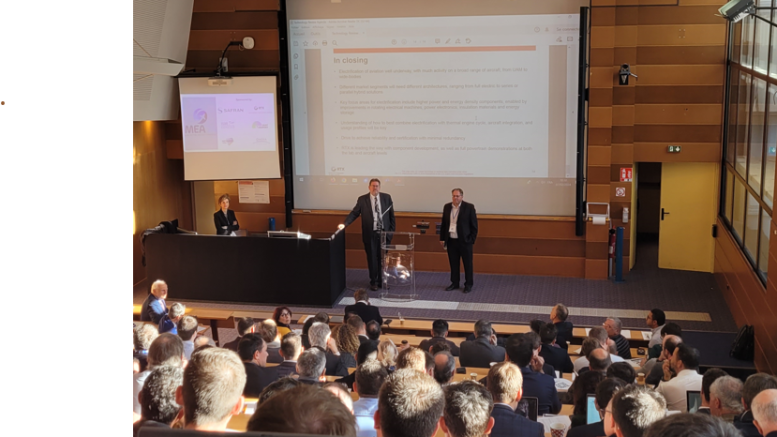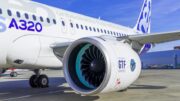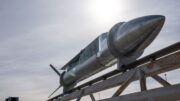RTX contribution to Climate-Neutral Aviation thru More Electrical Airplane
A 2 days conference on More Electric Aircraft was held at at ISAE Sup’Aero Toulouse on Feb. 7th, and 8th 2024.
Mr Andrew Murphy from Pratt and Whitney and Mr Todd Spierling from Collins Aerospace performed a presentation on Aircraft Electrification and Sustainability. Both companies Pratt & Whitney and Collins Aerospace are working closely together as they belong to RTX Corporation, formerly Raytheon Technologies Corporation which changed its name to RTX in July 2023 and has three subsidiaries: Collins Aerospace, (systems) Pratt & Whitney (engines) and Raytheon (missiles, satellites, drones).
Current shared view on Aviation path to Net zero CO2 in 2050 relies on several pillars such as continuous improvements on engines, electric or hybrid electric propulsion, aircraft systems improvements, operational improvements and alternatives fuels.
Why can we not rely on purely electric solution with batteries? Let’s take an Airbus 320 example (Max Take-off Weight 170 000 lbs) on a 1000 miles trip.
Fuel is very dense in energy and its associated weight reduces during flight due to fuel consumption, helping the aircraft to go further. In the A320 example, the airplane would consume about 8700 lbs. For the same trip, about 235 000 lbs batteries would be needed only to provide same energy as fuel, not allowing the plane to even take-off or fly. This is why a multiple approach is needed for achieving Aviation path to Net zero CO2 in 2050: there is not one unique solution for all airplanes sizes.
As a result of these considerations and for the foreseeable future, Urban Air Mobility up to 4 pax and a power of 0.5 MW could be covered by a 100% electric solution, regional aircraft up to 30 pax and 2MW electrical power would accommodate a 50% electric power share and a larger airplane such as A320 with 200 passengers and up to 3MW of electrical power which is about a 5% electric power share.
Weight for batteries and for electric engines being key factors for airplane electrification, Collins Aerospace is working to develop powerful rotating electrical machines with affordable weight. Today’s technology allows rotating machines 1MW shaft power, oil cooled with 9KW/ kg. Currently Collins Aerospace technologies development plan targets by the end of the decade to reach 1 MW electric dielectric cooled rotating machine with 25 kW/ kg and 3MW helium cooled rotating machine with 40 KW / kg. All this means intense activities on thermal management with no or minimum induced drag for the airplane and high voltage (kV) power electronics.
For Regional where a 50% electricity contribution is considered possible, principle would be an hybrid electric engine assisting the turbine for take-off up to top of the climb. This would allow the turbine to be no more sized by take-off and climb but only for cruise, providing weight, drag and fuel reduction benefits. Collins Aerospace is developing and testing such solution on a Dash 8 modified airplane.
For Long Range Airplanes which are equipped with fully high efficiency turbines consuming dense energy fuel, significant improvement cannot come from electric motors only. This is why the current development path within PW is to combine an hybrid electric propulsion with a Water Enhanced Geared Turbofan (WET) working with alternative fuel or hydrogen.
Utilizing residual heat from its exhaust gas, the WET geared turbofan concept uses a steam generator to vaporize water, which is then injected into the combustor. The water for this is then extracted from the exhaust gas by means of a condenser, separated and reinjected in the steam generator








Be the first to comment on "RTX contribution to Climate-Neutral Aviation"